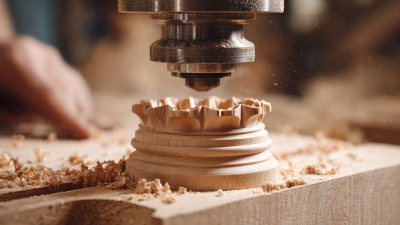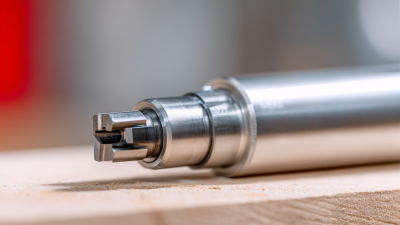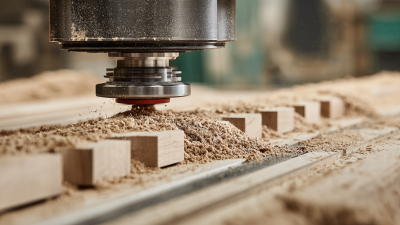In the realm of woodworking, precision and efficiency are paramount, and one tool that stands out for achieving both is the Tongue And Groove Router Bits. According to a recent industry report by IBISWorld, the woodworking machinery manufacturing sector has witnessed a steady growth rate of 3.1% per year, driven by the increasing demand for custom woodworking projects and home renovations. Utilizing specialized tools such as tongue and groove router bits not only enhances the aesthetics and structural integrity of wooden joints but also significantly reduces labor time. These bits allow craftsmen to create interlocking joints with ease, promoting stronger assemblies that are resistant to warping and separation. As woodworking continues to evolve with innovative techniques and tools, understanding the benefits of incorporating tongue and groove router bits into your projects is essential for both amateur and professional woodworkers seeking to elevate their craft.
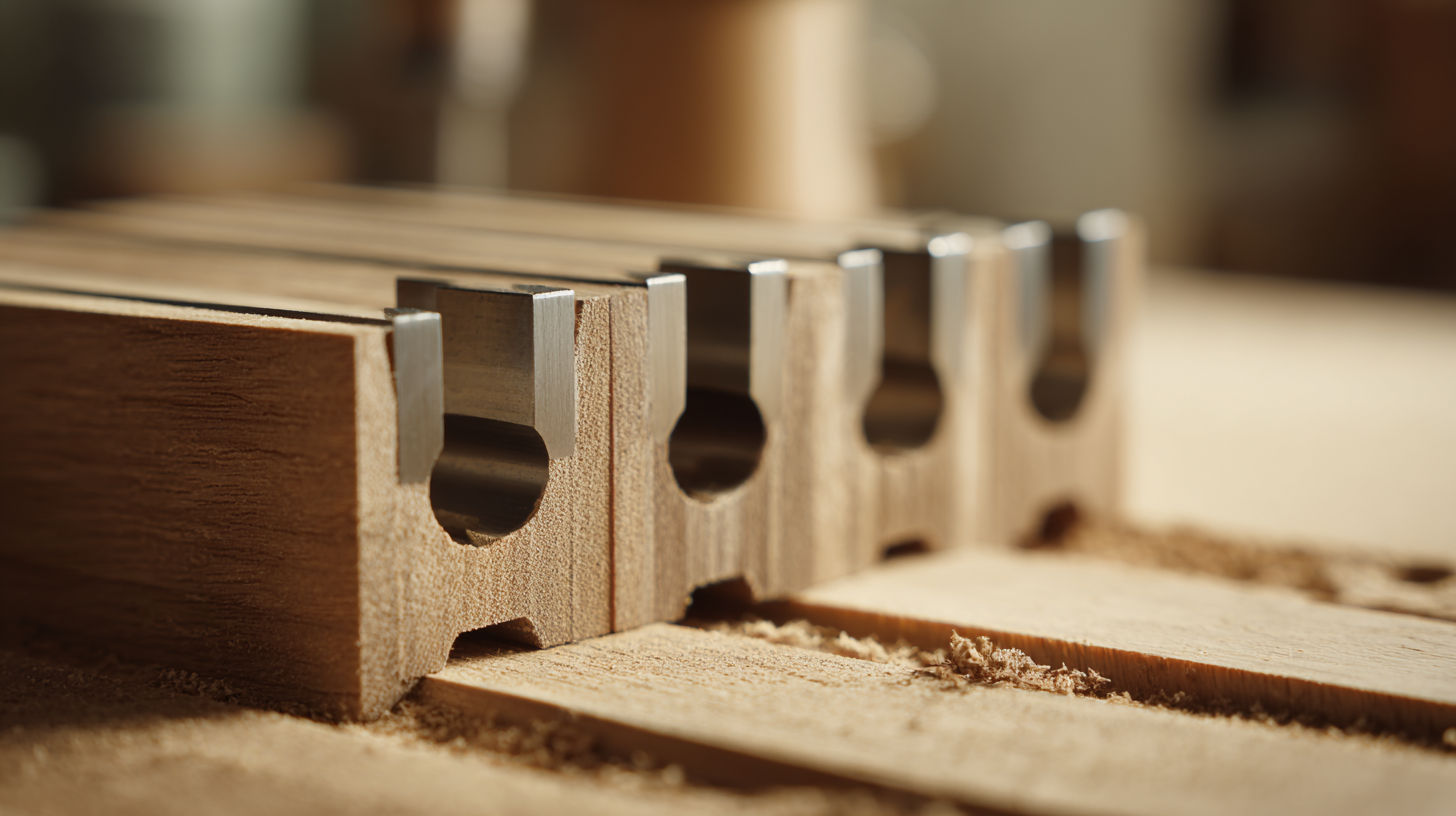
Tongue and groove router bits are essential tools for woodworkers looking to create strong, seamless joints in their projects. These specialized bits are designed to cut a matching tongue and groove on the edges of two pieces of wood, allowing them to fit together securely. According to industry reports, the use of tongue and groove joinery not only enhances the aesthetic appeal of woodworking projects but also increases structural integrity. For instance, projects that utilize tongue and groove connections are estimated to have a 30% greater resistance to warping and twisting compared to traditional butt joints.
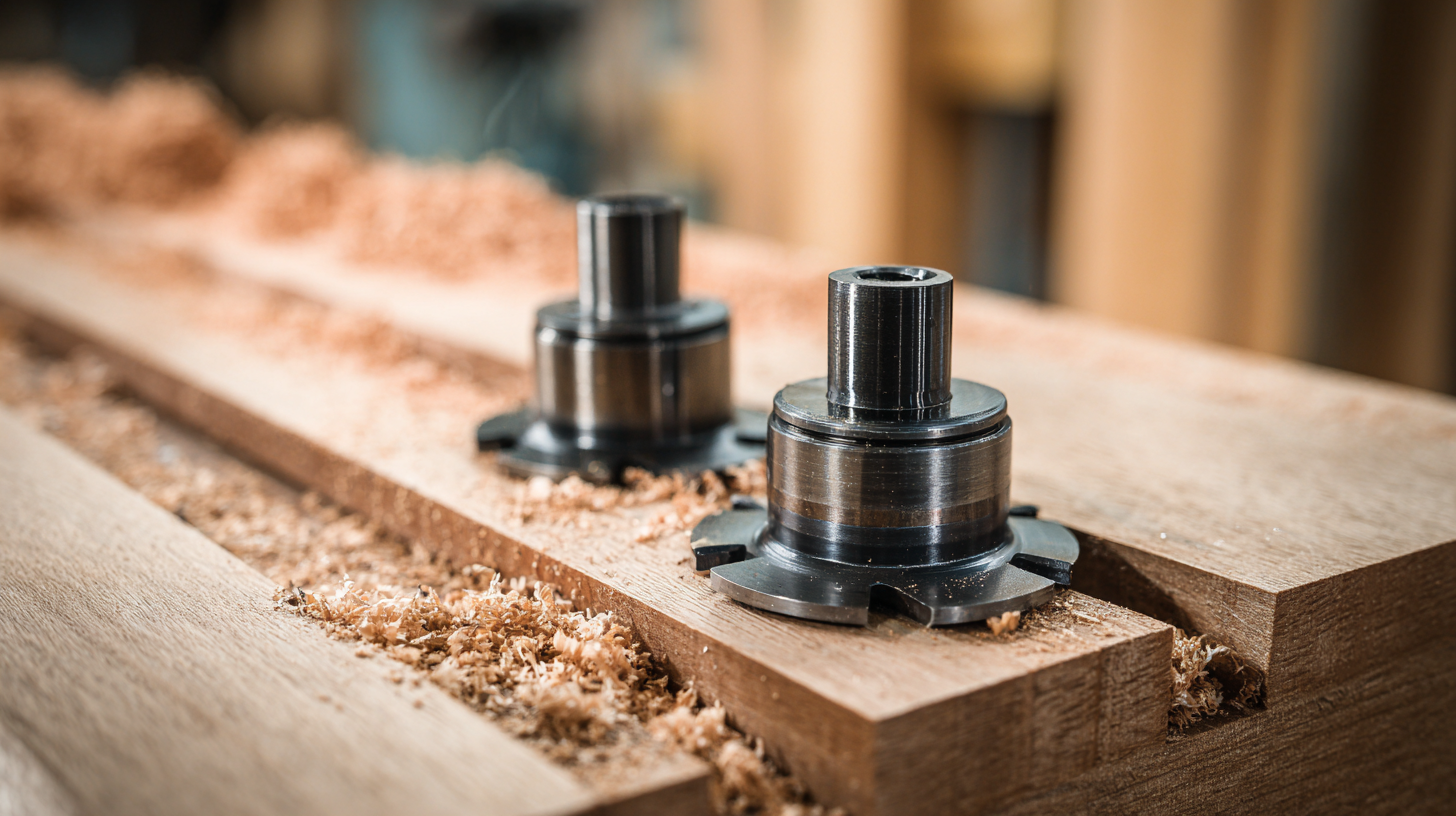
In addition to their strength, tongue and groove router bits offer versatility in various woodworking applications. They are widely used in flooring, cabinetry, and paneling, making them indispensable for both professional woodworkers and hobbyists. A recent survey within the woodworking community indicated that over 60% of woodworkers prefer using tongue and groove joints for their durability and ease of assembly. By investing in high-quality tongue and groove router bits, craftsmen can achieve precise cuts that elevate the overall quality of their work, ensuring lasting results in their woodworking endeavors.
Tongue and groove joints are a popular choice among woodworkers for their ability to provide strength and stability to various projects. One of the main advantages of using tongue and groove joints is their interlocking design, which helps to eliminate gaps between pieces of wood. This not only enhances the visual appeal but also improves the structural integrity, making it ideal for flooring and paneling.
When working with tongue and groove router bits, it’s crucial to choose the right bit for your specific project. Ensure that the bit is sharp and properly aligned to achieve clean cuts. Also, consider using a test piece of wood to fine-tune your setup before starting on your main project. This will help avoid any costly mistakes and yield professional results.
Another tip is to pay attention to the wood grain direction when joining pieces. Aligning the grain can help minimize potential warping or cracking over time. Planning the layout in advance can save you time and resources, ensuring that your finished product looks seamless and elegant. Using tongue and groove joints can truly elevate your woodworking projects to a new level of craftsmanship.
When selecting the right tongue and groove router bit for your woodworking projects, it’s essential to consider the specific requirements of your task. The router bit’s design can vary significantly, affecting the fit and finish of your project. Look for bits that are made from high-quality carbide, as these tend to last longer and withstand the rigors of extensive use. Additionally, ensure that the bit is compatible with the thickness of the wood you are using; this will help achieve a clean and precise joint.
Another factor to consider is the profile of the tongue and groove. A standard bit might suffice for simple projects, but more intricate designs may require specialized bits that create specific joint profiles. If you're working on projects like flooring or paneling, a tongue and groove bit set specifically designed for these applications can provide enhanced results. Don’t forget to factor in the speed and feed rates of your router as well; matching these properly with your chosen bits can lead to smoother cuts and reduced tear-out. Choosing the right router bit is a crucial step in ensuring that your woodworking projects not only fit together perfectly but also look professional and polished.
Tongue and groove router bits are essential tools in woodworking, offering an efficient way to create strong, seamless joints. To effectively utilize these bits, understanding the correct techniques is crucial. First, ensure that both the tongue and groove bits are set to the right depth for your material type. According to the Woodworking Machinery Industry Association, using the appropriate feed rate—typically between 8 to 12 inches per minute—can help prevent overheating and ensure a clean cut.
Another key technique is to properly align your stock before routing. Using a steady workbench and clamps can stabilize your pieces, reducing the chance of chipping. The 2021 Woodworking Market Survey indicated that properly executed tongue and groove joints can enhance the structural integrity of woodworking projects by up to 30%, making it a preferred choice for paneling and flooring. Finally, regular maintenance of your router bits, including sharpness checks and cleanings, can extend their lifespan and improve the quality of your cuts, contributing to a more professional finish in your projects.
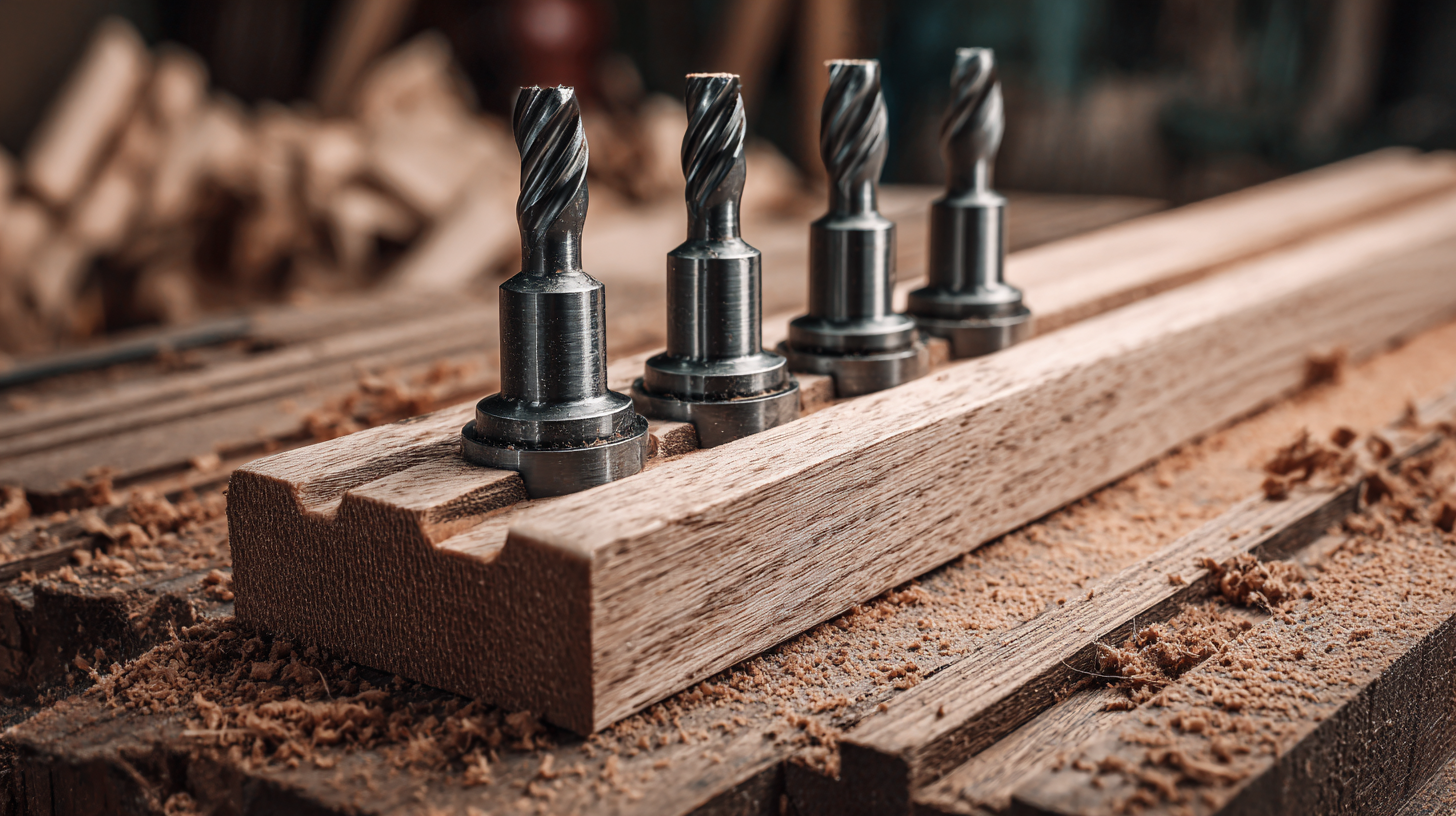
Proper maintenance is essential for ensuring the longevity of your tongue and groove router bits. Regular cleaning is a crucial step after each use. Sawdust and resin can accumulate in the bits' teeth, leading to decreased performance and premature wear. Utilizing a soft brush or a compressed air blower can help remove debris, while a solution of warm water and mild soap can effectively clean the bits without causing damage.
In addition to cleaning, sharpening your router bits regularly is vital for maintaining their efficiency. Dull bits not only produce poor results but also put additional strain on your router. A sharpening tool designed specifically for router bits can be handy for this purpose. It's also important to store your bits properly; keeping them in a protective case or a designated tool organizer can prevent accidental damage and exposure to moisture, which can lead to rust. Taking these simple steps will greatly extend the life of your tongue and groove router bits and improve the overall quality of your woodworking projects.


